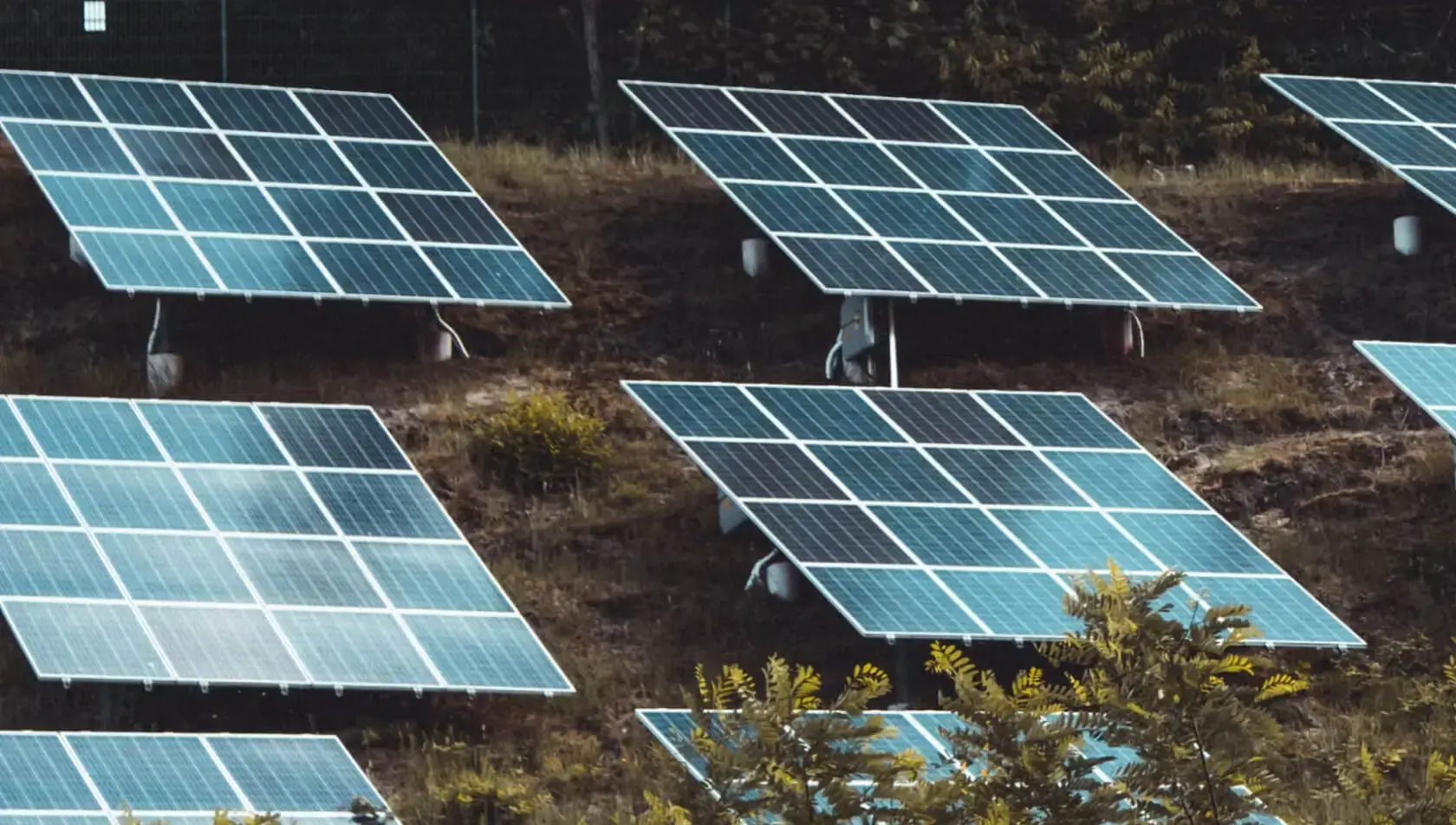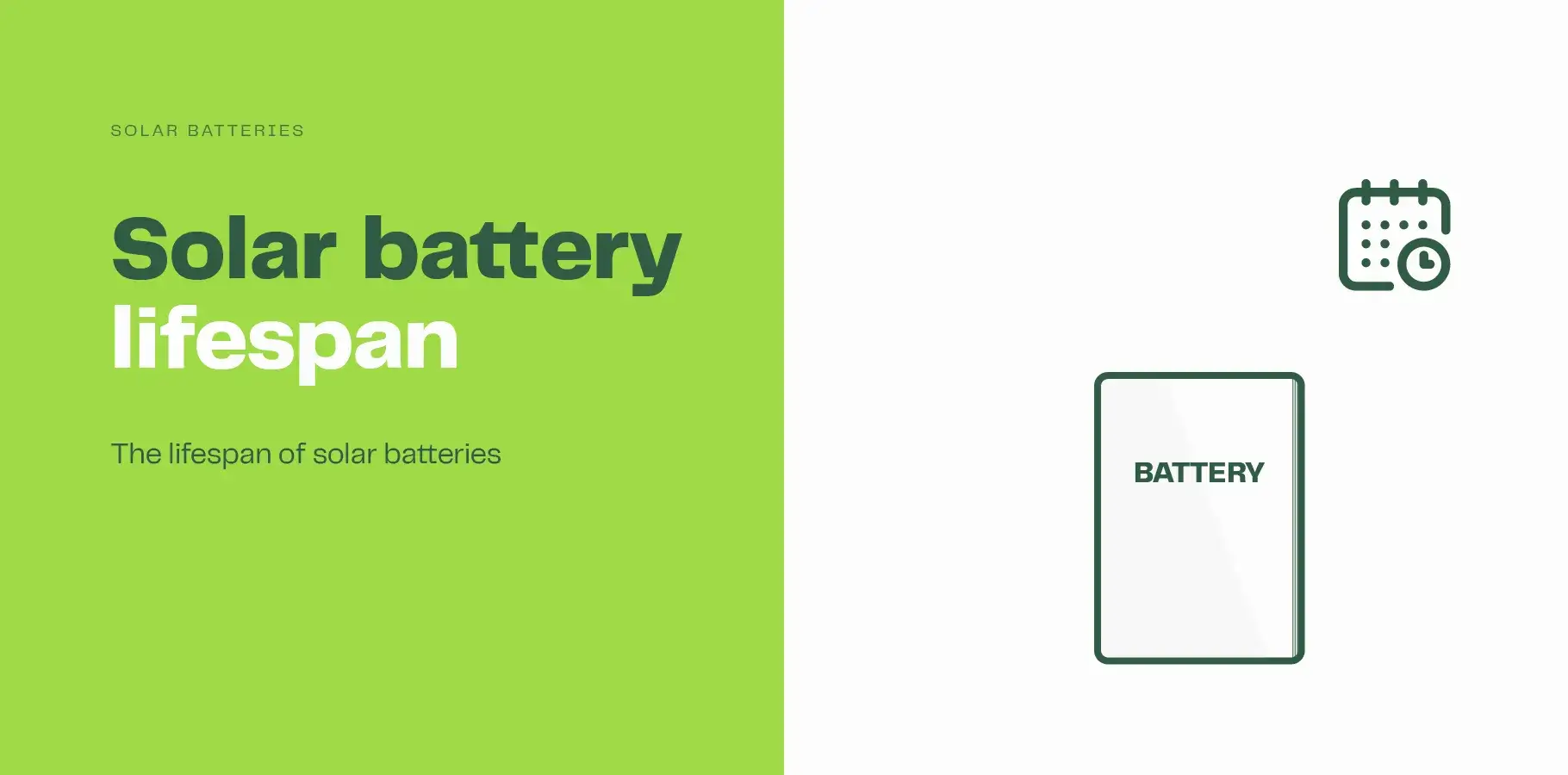How long do solar batteries last?
The lifespan of a battery varies between models and how you use it.
You can only use a solar battery a certain number of times before it reaches the end of its useful life. How often you cycle the battery is key to determining how long it will last.
A solar battery could last anywhere between 5 – 15 years, but its lifespan depends on:
- The useful life of the battery
- The battery’s warranty
- How often you cycle the battery
Useful life of a solar battery
A solar battery reaches its useful life when it fails to meet its nominated percentage of storage capacity eg. 60%. The battery will continue to degrade, and it may be able function at lower percentages, but it is deemed to have reached its useful life.
Solar battery degradation
Solar batteries degrade far more, and faster, than solar panels do. The best solar panels in Australia still perform at over 90% effectiveness in their 25th year as compared to their first. For solar batteries, this figure is normally around 60% of its storage capacity after 10 years, or whenever the first conditions of the warranty are met.
Solar battery warranties
Most solar batteries come with a 10-year warranty, which is an indication as to how long you should expect them to last. However, solar battery warranties aren’t exactly straightforward, it is usually the earlier of a number of conditions that ends the warranty period.
Solar battery warranties typically expire when the first of three conditions are met:
- Warrantied life expires
- Cycle life allocation is exhausted
- Energy throughput capacity is reached
Warrantied life
A solar battery’s warrantied life is the number of years the manufacturer guarantees the performance of the battery, typically it is set at 10 years from the date of installation.
Life cycles
Some battery manufacturers include the number of life cycles of the battery as a condition of the warranty. Even if it is not included in the warranty, it is a specification that you should lookout for, the number of life cycles can be an indicator as to the quality of the battery.
Once life cycle is when the battery fully charges and discharges once.
Depth of discharge
The depth-of-discharge is the level at which the battery can be discharged compared to is nominal capacity. A 9.8 kWh battery with a depth of discharge of 95%, has usable capacity of 9.3 kWh.
Energy throughput
Many solar battery warranties also place a limit on energy throughput. Energy throughout is the total amount of energy that passes through your battery, irrespective of the number of cycles, or to what level you discharge the battery.
To explain how energy throughput works, we will use the warranty specifications for the LG Chem battery:
LG Chem Resu 9.8 kWh battery throughput:
| Battery capacity: | 9.8 kWh |
| Useful capacity: | 9.3 kWh |
| Energy throughput limit: | 24,300 kWh |
| Number of full throughput cycles: | 2,946 |
| Years (cycled once per day) | 8.07 years |
Battery life based on energy throughput
The table shows that the battery will reach its energy throughput limit after 2,946 full cycles. If we assume the battery is cycled once per day, this equates to 8.07 years.
Of course, you may not fully discharge your battery every time, and, you may not cycle it once per day, you may cycle it less, or far more. The figures show that how you use the battery, determines its useful life.
How often will you cycle the battery?
How long does it take to drain a solar battery?
How long it takes to drain, or fully discharge your battery, depends the size of your battery and, how much and when you use your electricity.
For a typical Australian household that consumes 16 kWh of electricity per day, if we assume two-thirds of the electricity is consumed when the solar panels are not generating energy, a 10 kWh battery will almost have enough capacity to store your nighttime and early morning electricity needs. In this instance, it would likely drain overnight.
Battery lifespan vs solar panel lifespan
Batteries have a far shorter expected lifespan than solar panels. Solar panels are expected to last 25 years and may well last longer. If you buy a hybrid system, you may need to replace your battery storage unit two or three times before you consider replacing your solar panels.
Reliability and testing
Grid-connect solar batteries have not been installed long enough in Australia for us to be confident they will perform as their manufacturers suggest. Independent battery testing carried out by ITP Renewables, has found several reliability and performance issues with grid-connect batteries, that may impact of the expected lifespan of the batteries.
At the same time, a handful of well-known battery brands have performed to expectations during the first two trial phases.
Lots to consider
Towards the end of a battery’s useful life, its storage capacity drops to around 60% of its nominal capacity. This drop in performance should be considered when deciding if battery storage is worth it. You should also consider how long the battery may last based on its warranty information and how often you plan to cycle it.

Are you ready to compare solar quotes?
Get 3 free quotes and start your solar journey today.
Get free quotes
